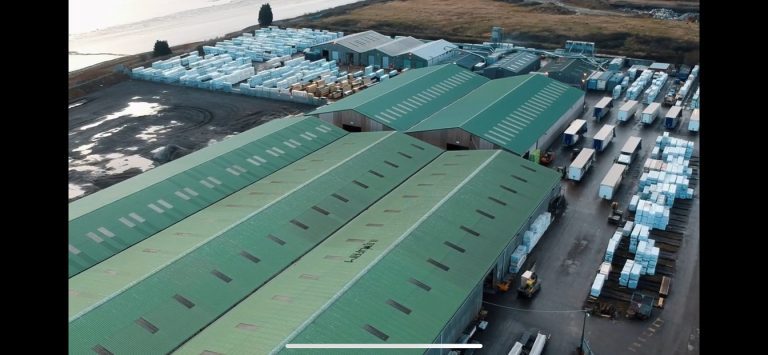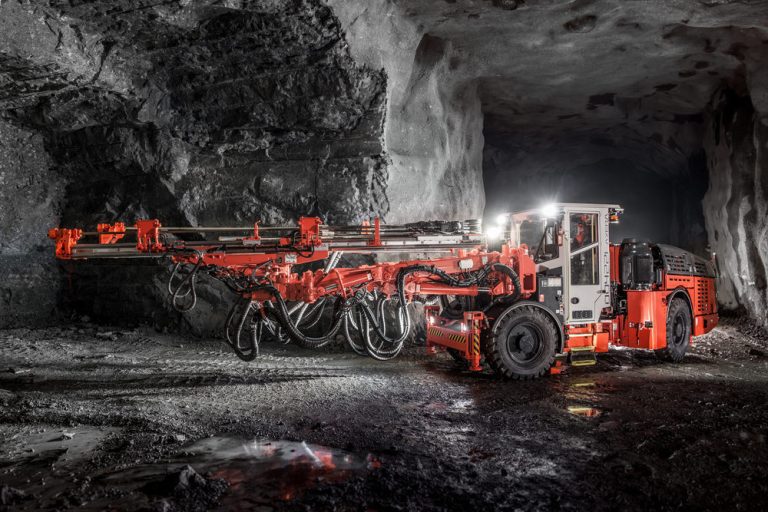A flow meter is a machine that measures the density or velocity of fluids or gases. They are also known as flow rate sensors, flow indicator, flow gauge, liquid meter, etc. Flow meters are mostly used to measure the fluids or gases that flow within a pipe. There are several options in flowmeters, such as magnetic Coriolis, single-use, variable area, etc. However, they can be different in price, accuracy, and functionality. Ultrasonic flow meters are an extremely accurate and multi-use option but tend to be quite expensive. For a low-price option with better accuracy, you can choose single-use turbine sensors. But they are only good if the working fluid is low viscous. For higher viscous flowing liquid, disposable ultrasonic meters are a good choice for single-use. Things to Consider while Choosing a Flow Meter Type of Flow Measurement. Volumetric or Mass Flow, Momentum or Velocity. Type of Media. Liquid, gas, or slurry. Media Conditions. Temperature and pressure of the media and whether the conditions remain the same or change with time. Accuracy. Accuracy level required for the readings. Flow Range. Requirement of minimum and maximum readings in the flow range. Geographical Conditions. Clean installation, tamper proof-readings, ATEX zone installation, etc. Flow Meter Options Available 1. Ultrasonic Flow Meters. These are more advanced and flexible than other flow meters. They measure the frequency of ultrasonic waves passed through the fluids. Two popular categories of ultrasonic flow meters are Transit-time and Doppler. Doppler meters use particles in the liquid by their reflection mechanism to measure the speed of the liquid. The Transit-time meter measures the difference in frequencies of forward and reverses signals passed through the clean liquid. Transit-time works best in clean fluids without any particles or solids. As they are flexible, ultrasonic flow meters are widely used in many industries. That includes facilities management, chemical, paper and pulp, and mining sectors. Petrochemical, water, wastewater, and aquafarms also procure the technology. 2. Coriolis Flow Meters. They provide the measurement of true-mass flow from two designs: a single tube and two parallel tubes. They work through an oscillation that is induced within the tubes at indicated frequencies. It is based on Newton’s Second Law of Motion, the frequency of oscillation changes with a change in flow rate. Coriolis flowmeters are best suited for growing and broad collection of liquid and gas applications. They give multi-parameter details on temperature, density, and mass. Mainly used in the wastewater treatment facility, pharmaceutical manufacturing, gas facility, and nuclear facility 3. Gear Flow Meters. These use oval-shaped gears that are interlinked and rotates when liquid passes through them. The volume of fluid that passes through the oval gears is well controlled, which gives the meter higher accuracy. The structure is simple and rugged, which delivers the flexibility of installation in most types of environments. Gear meters are best suited for high-viscous fluids. The gear meters work well in the paper and pulp industry, oil and fuel transfer, and manufacturing. Because of stainless steel gears, they are best suited for petrochemical and any environment dealing in light to heavy oils. 4. Magnetic Flow Meters. They are also known as Magmeters and found in two types: full-bore and insertion. Magmeters work by assessing the electric content present in water or other fluids. The technology has no moving parts, and full-bore types provide no intrusion in the fluid stream. Magmeters are used in water purification, mining, food and beverage, paper and pulp, petroleum, and chemical industries. The use of Magmeters should be prevented in low-conductive liquids like de-ionized water. 5. Turbine Flow Meters. They have a bladed rotor connected to a centerline of a flowing stream. The rotator section provides a pulse while moving either an optical or a magnetic sensor. The pulse frequency is directly linked to the velocity of the liquid. Some turbine meters give higher accuracy and can deal with higher-viscous fluids. Two main applications for turbine flow meters are water purification and irrigation. However, they can also be applied in wastewater, utilities, and oil and gas industries. If accessed with proper sanitized connections, they manage flow in the food and beverage sectors. Not suited for a low-flowing stream. 6. Vortex Flow Meters. They use pressure sensors for measuring pressure pulse. Pressure pulses are measured from vortices, which come from the flowing liquid passing a bluff object. A simple explanation for this can be the waving of the flag. The pulses and rate of flow are directly proportional. Although the vortex flow meter is lesser-known, it provides higher accuracy. The design is perfect for high-purity and aggressive applications. These meters are suitable for wastewater, food and beverage, oil and gas, and water industries. They can also be applied to chemical, utilities, and water purification. Be Wise While Choosing Flow Meters Although all the flow meters have their unique features, you must choose a flow meter wisely and based on your requirements. Consider factors like usage, sanitization, place of installation, pricing, maintenance, viscosity, temperature, etc., before making a decision. Make your choice that’s wide enough to cover your needs. The measurement accuracy depends on several factors. A low-cost, lower-quality meter will give lower accuracy results, while the same is true the other way around.












